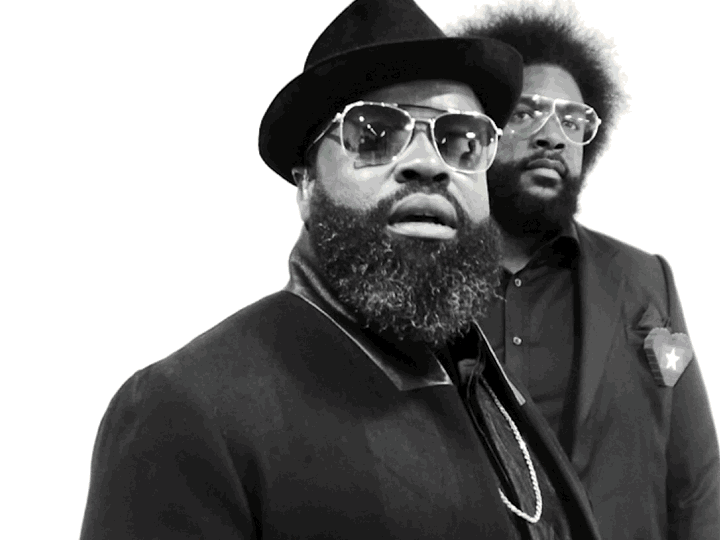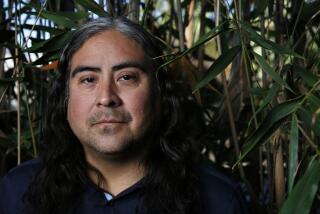Bach Performers Set a High Mark
- Share via
Like those vast intaglios drawn in the desert by ancient people who, lacking wings, could never see them, Bach’s B-minor mass is a sprawling work whose true shape and genius even the composer could not hear as we do now.
For one thing, he composed it in pieces over more than 15 years. Its structure made the mass unacceptable for either Roman Catholic or Lutheran services. And at two hours, it was too long for a church service anyway.
So it is left to modern choruses and audiences to put these pieces together, to make sense of the whole that is the mass in B minor, the pinnacle of Bach’s sacred output and easily a contender for the most important piece of music written in the West.
William Hall and his Master Chorale, reinforced by the Chapman University Singers and a talented corps of soloists and instrumentalists, tackled the work Sunday at St. Andrew’s Presbyterian Church in Newport Beach. Though in the end they fell short of producing a persuasive vision of the work as a whole, the performance set a high mark for so difficult a piece of music.
Bach no doubt would have been amazed at the forces William Hall assembled. Some 140 chorus members--at least four times as many as the composer likely intended--together with soloists, organ, harpsichord and a small orchestra made a formidable ensemble.
Hall is an intelligent and energetic conductor, authoritative with the music and the musicians.
Notable among the instrumentalists was principal trumpeter James Grinta. He delivered an immaculate performance on the piccolo trumpet of music that dwelt for much of the afternoon in a stratospheric register, missing nary a note.
The soloists all were strong. Soprano Patricia Prunty was particularly impressive in the third movement of the Credo, her voice a chilling clarion call. Mezzo-soprano Catherine Stoltz’s best moments included a duet with solo violin in the Agnus Dei at the end of the work, in alto passages for which her mournful, lyrical dark voice was particularly well suited.
Tenor Robert MacNeil was clear and plaintive in the preceding Benedictus, and bass-baritone Gary Aldrich displayed a lovely tone in the aria “Et in Spiritum Sanctum,” though he was often covered by the chorus and orchestra.
The chorale itself was most impressive at either end of the dynamic spectrum. There were many moments of delicious, velvety pianissimo--the openings, for example, of the Gratias movement of the Gloria or of the Crucifixus in the Credo.
The chorus was equally well balanced and musical in many of the thunderous fortissimo stretches, such as the Sanctus, where the voices crashed like waves, intertwining with the trumpets to make a sound that heaven would be sure to notice.
Passages falling in the middle of that spectrum were not as uniformly well executed. Sopranos more than once--such as in the opening Kyrie--sounded remarkably anemic considering their numbers.
The larger problem was not apparent until it was all over. Although the individual movements were more or less well performed, they did not cohere. Singers focused on the music in front of them with little apparent awareness of the larger tapestry being woven for the audience. Like a recording of the Gettysburg Address spliced together from renditions of several great actors, the pieces did not add up to anything more than the sum.
It was enough, all the same, to hear a sensitive and intelligent performance of this great music in its majestic entirety. That is something of which Bach himself could only dream.
More to Read
The biggest entertainment stories
Get our big stories about Hollywood, film, television, music, arts, culture and more right in your inbox as soon as they publish.
You may occasionally receive promotional content from the Los Angeles Times.










